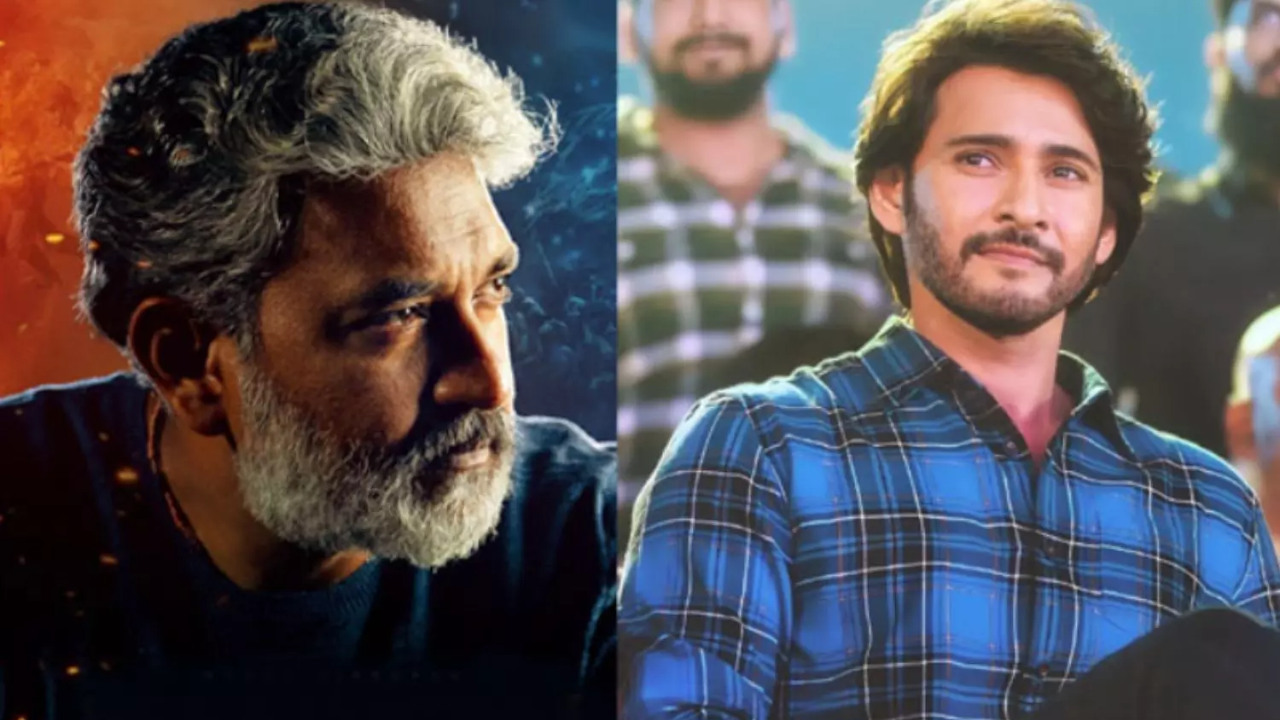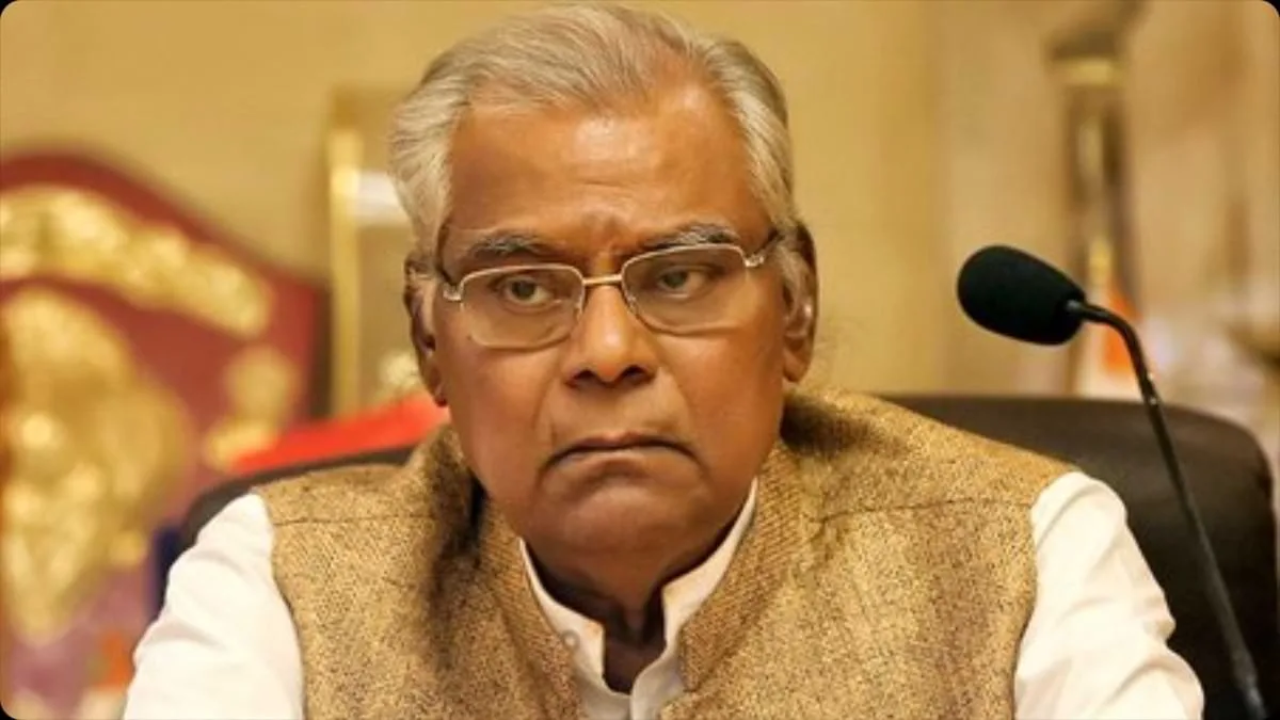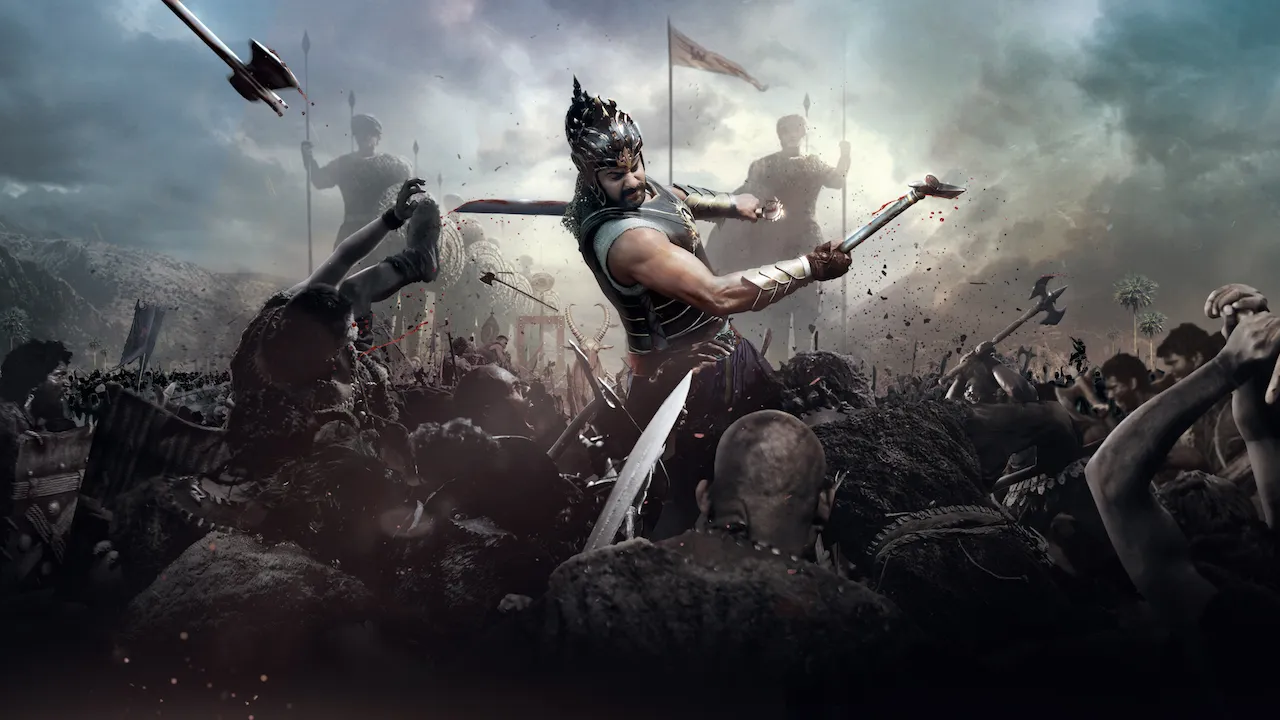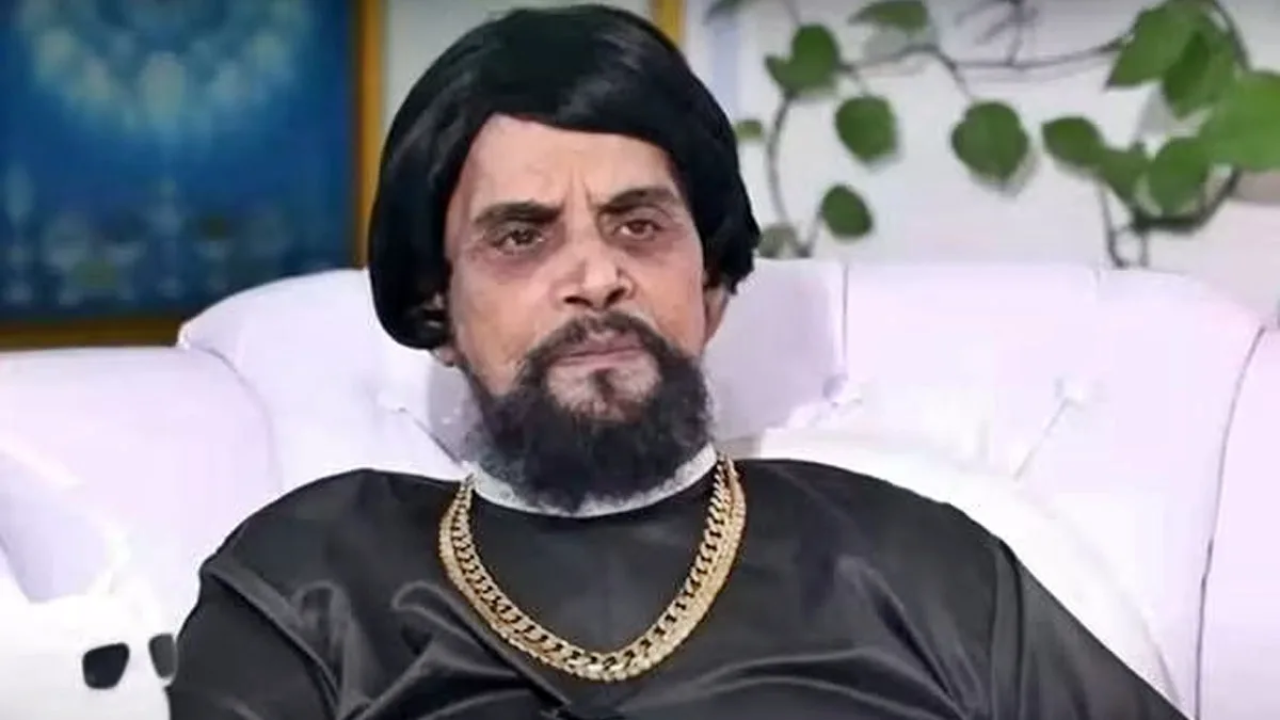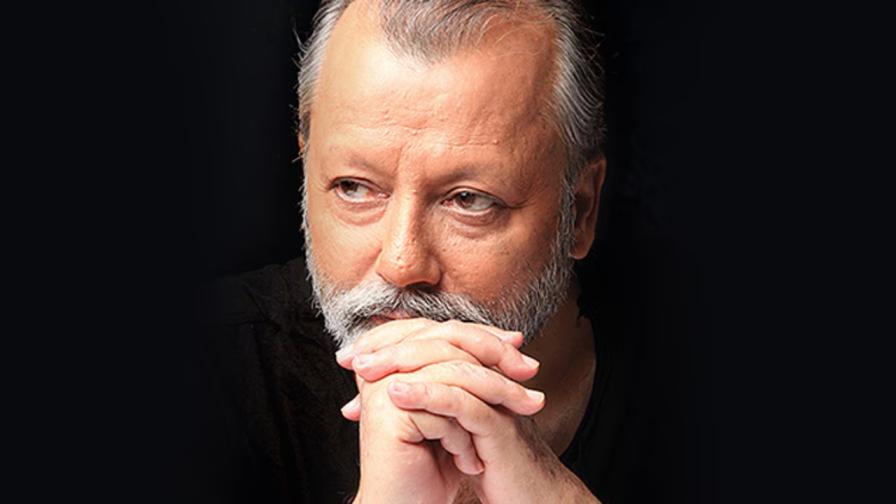10 Years of Baahubali: How One Question Changed Indian Cinema Forever
Updated on: 10 July, 2025 02:12 PM IST |Amruta Karulkar

10 Years of Baahubali
Ten years ago, a single question—“Kattappa ne Baahubali ko kyu maara?”—erupted from movie screens, shattering the traditional north-south divide in Indian cinema. S.S. Rajamouli’s Baahubali: The Beginning didn`t just break box-office records; it created a pan-India fanbase for period action entertainers from the South and redefined stardom. At the heart of this cinematic revolution stood Prabhas, the actor who brought the legendary Amarendra and Mahendra Baahubali to life.
Prabhas: From Regional Hero to Global Star
Prabhas` journey to global stardom has been phenomenal. The Baahubali franchise transformed him into a household name, transcending geographical boundaries. Today, he stands as one of the few Indian stars with pan-India and increasing global appeal, a feat further cemented by blockbusters like Salaar and the futuristic epic Kalki 2898 AD. His unwavering commitment to his craft, remarkable physical transformations, and immersive performances have kept him at the pinnacle of Indian cinema.
Beyond its grand visuals and epic battles, Baahubali was driven by powerful emotions and unforgettable lines. Many of Prabhas’ dialogues have since become ingrained in pop culture:
-
“Aurat par haath daalne wale ki ungliyaan nahi kaatte, kaatte hain toh gala!” This fierce declaration showcased Baahubali’s staunch sense of justice, resonating as a powerful stand against violence towards women.
-
“Samay har kaayar ko apni bahaaduri dikhane ka ek mauka zaroor deta hai, yahi vo kshan hai.” Delivered with unwavering intensity, this line was both a challenge and a call to bravery.
-
“Devi maa ki pyaas bujhane ke liye ek nirbal ki bali kyu, mera umadta hua rakt samarpit hai.” This plea for compassion over blind faith cemented Baahubali’s status as a leader with a heart.
-
“Kya hai mrityu? Humare haathon se shatru ka mar jaana yeh sochna hai mrityu? Ranbhoomi mein shatru se bhaybheet hokar jeevit rehna hai mrityu?” A powerful redefinition of death and courage, this speech stirred both characters and audiences.
-
“Apne haathon ko hathyar bana lo, apni saanson ko aandhiyon mein badal do, humara rakht hi mahaan sena hai.” A rallying cry that electrified the battlefield, Prabhas’ delivery of this line inspired a fictional army and a generation of viewers.
While Baahubali was a defining moment, Prabhas has continued to evolve. His recent projects, including Kalki 2898 AD, and highly anticipated upcoming films like Spirit, Salaar 2, Kalki Part 2, and The Raja Saab, further extend his reach. As Indian cinema continues to break boundaries, Prabhas, the man who became Baahubali, undoubtedly still reigns supreme.
Also Read: 4 Times Tamannaah Bhatia’s Presence Proved to be a Lucky Charm for Movies
What Made Baahubali a Phenomenon?
On July 15, 2015, Baahubali: The Beginning marked a turning point for Indian cinema, and several factors contributed to its pop culture status:
-
The Unforgettable Cliffhanger: The question "Kattappa ne Baahubali ko kyun maara?" became a national obsession, sparking countless debates and theories, leading to unprecedented anticipation for the sequel.
-
A Visual Spectacle: Rajamouli`s vision elevated period dramas to new heights. From the majestic kingdom of Mahishmati to grand action sequences and stunning special effects, the film was designed to dazzle.
-
Prabhas’s Charisma and Presence: Prabhas`s commanding screen presence and physical transformation as Amarendra and Mahendra Baahubali captivated audiences, making him a true superstar.
-
Scene-Stealing Supporting Characters: The ensemble cast, including Sathyaraj as the beloved Kattappa, Rana Daggubati as the magnetic Bhallaladeva, and Ramya Krishnan as the iron-willed Sivagami, all left lasting impressions. Anushka Shetty also left her mark as Devasena.
-
A Resonating Soundtrack: M.M. Keeravani’s soaring soundtrack, with hits like "Dhivara" and "Manohari," and the haunting "Kaun Hain Woh," enhanced the film’s emotional impact and epic scale.
-
Universal Themes: Despite its grand scale, Baahubali explored universal themes of good versus evil, jealousy, sacrifice, and destiny, allowing viewers to connect deeply with the characters and their journeys.
Interestingly, despite achieving pan-India fame with Baahubali, Anushka Shetty chose not to immediately pursue further pan-India projects. In an interview, she stated that it was a conscious decision, as she was committed to Bhaagamathie and needed time off to be more present for future roles, even declining new scripts during her break. This period, including a longer hiatus post-2020, allowed her to return with a renewed perspective in films like 2023’s Miss Shetty Mr Polishetty.
ADVERTISEMENT
Are you excited for Pawan Kalyan and Bobby Deol's Hari Hara Veera Mallu?
ADVERTISEMENT








